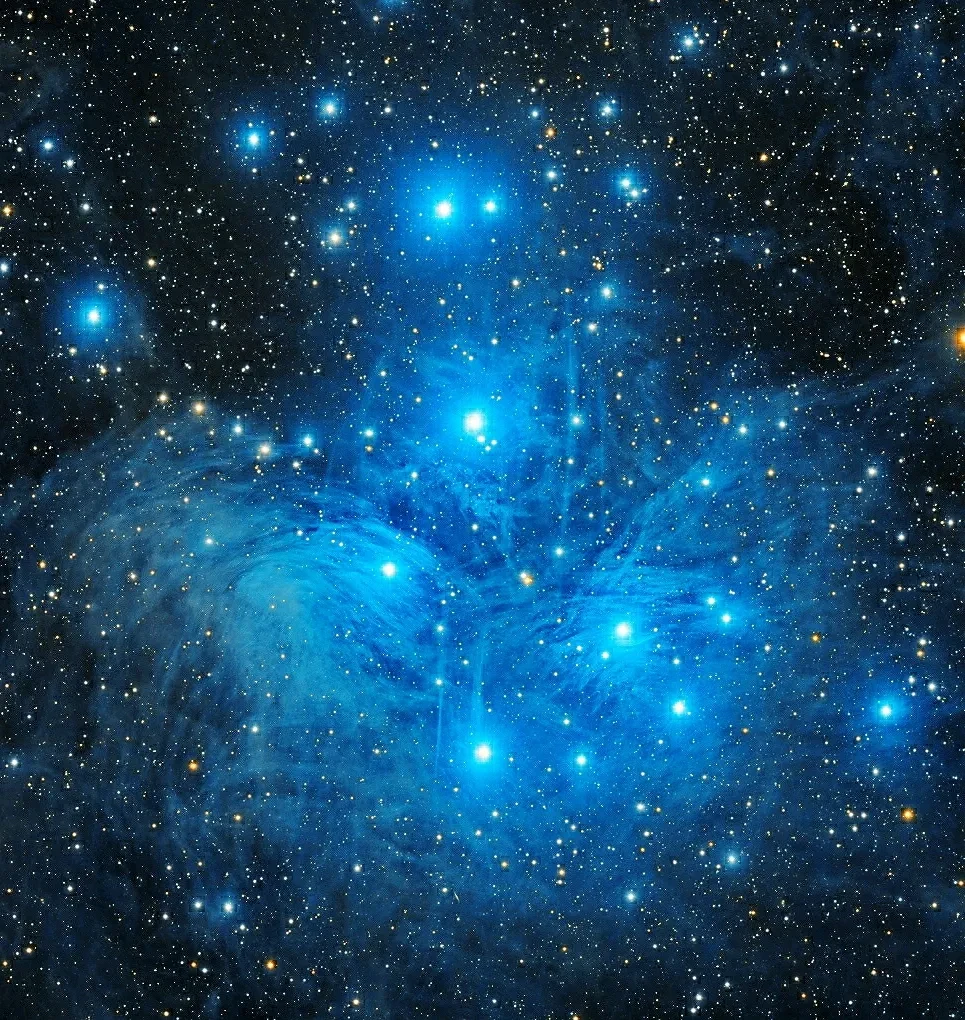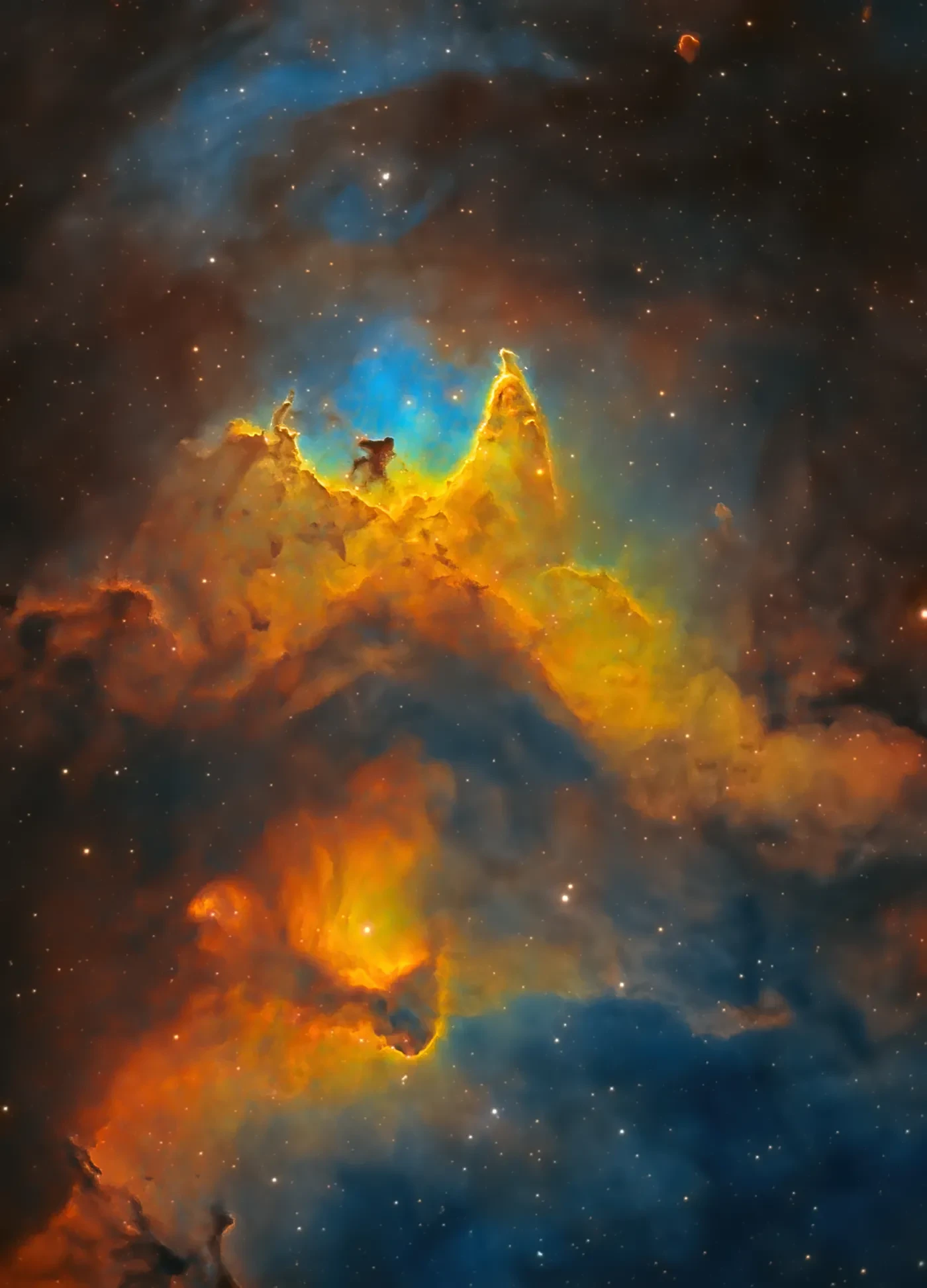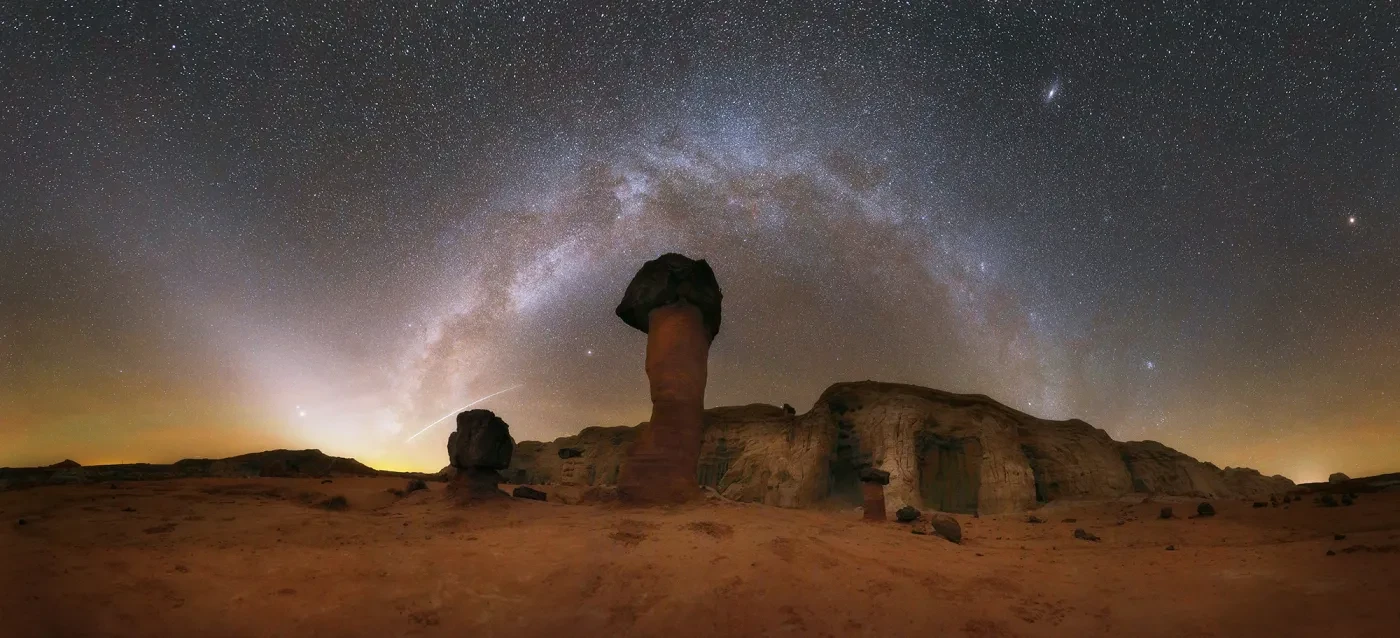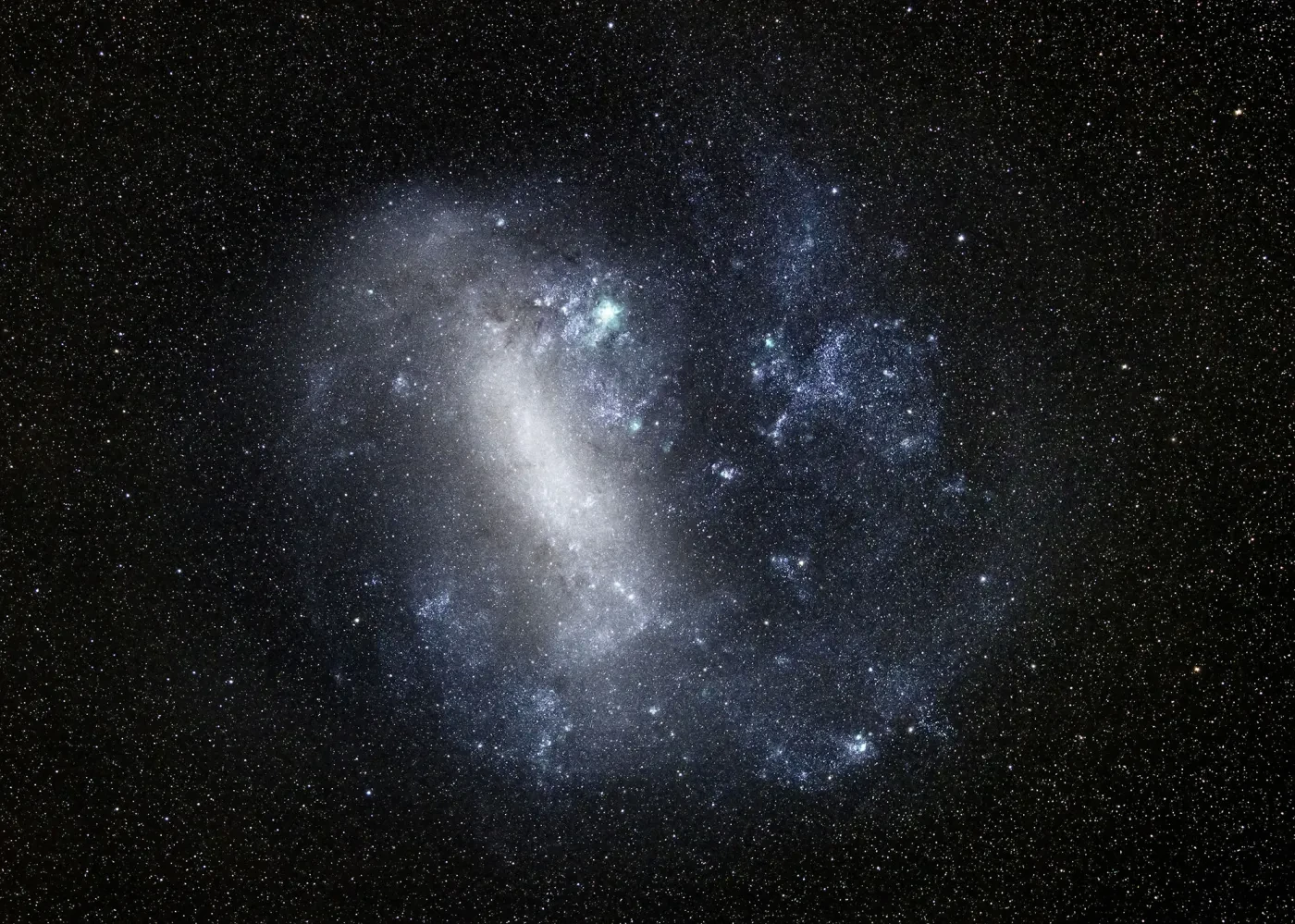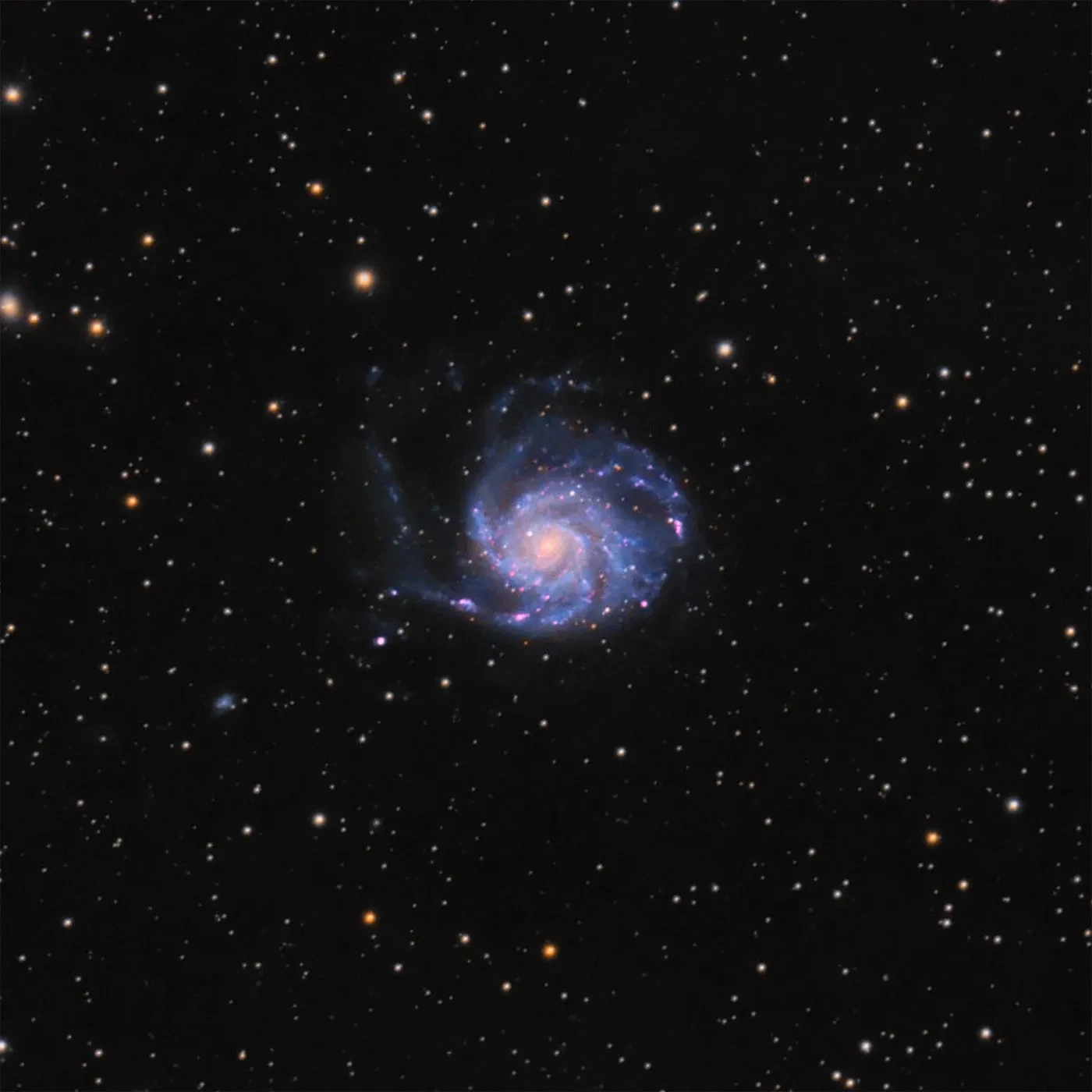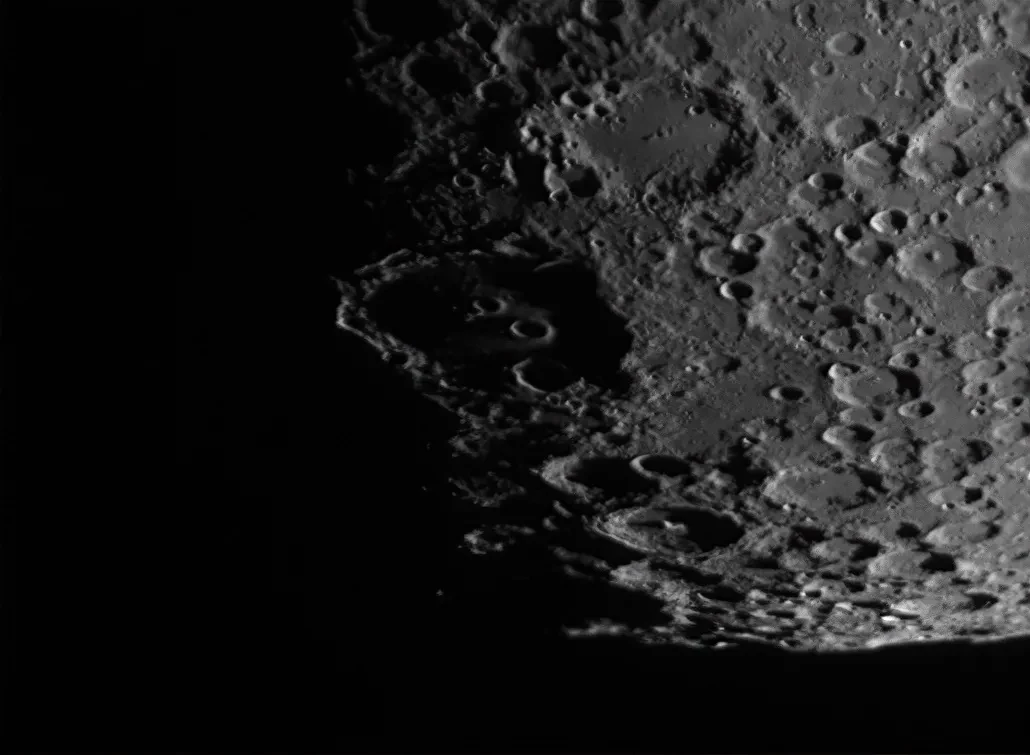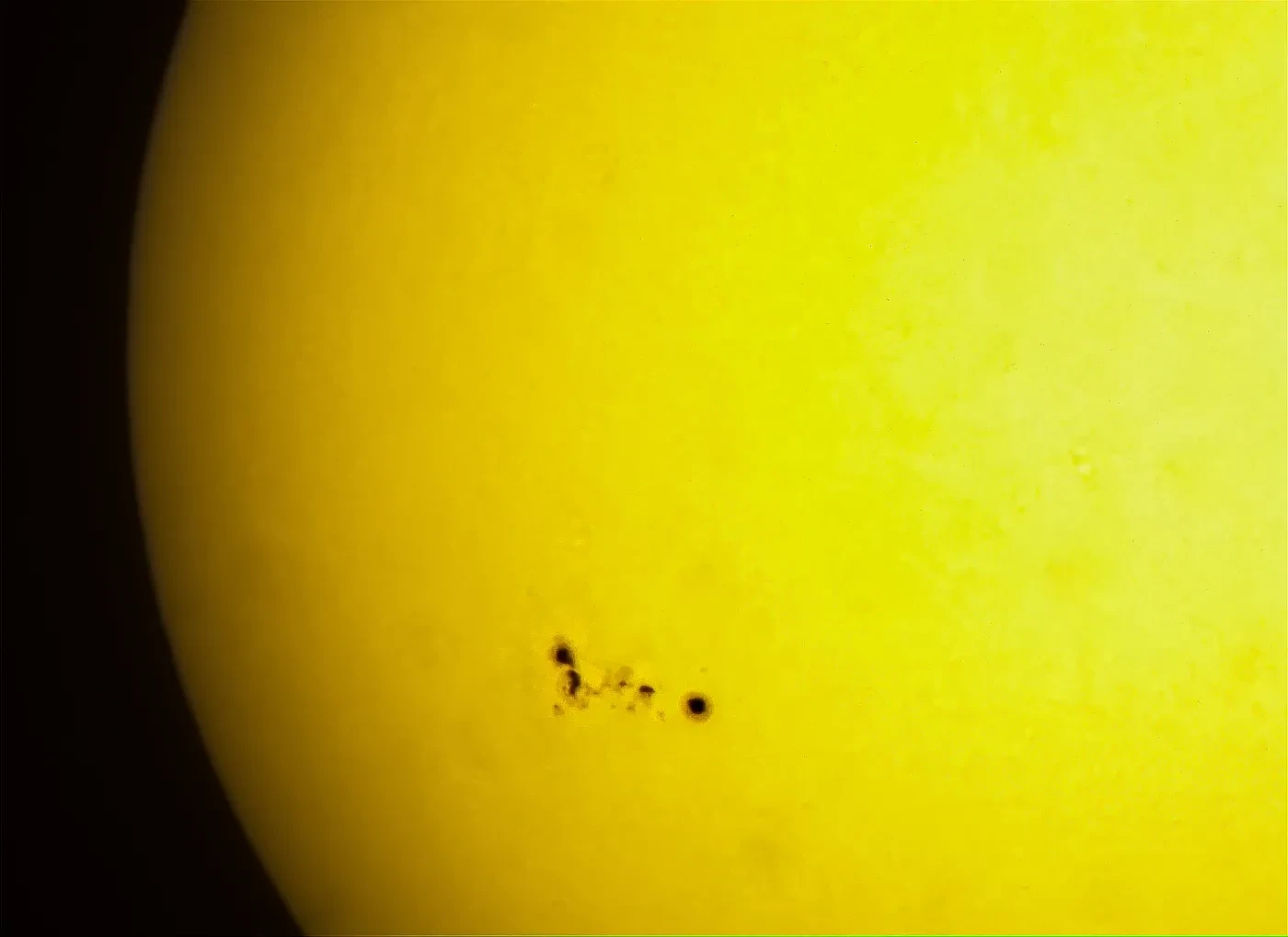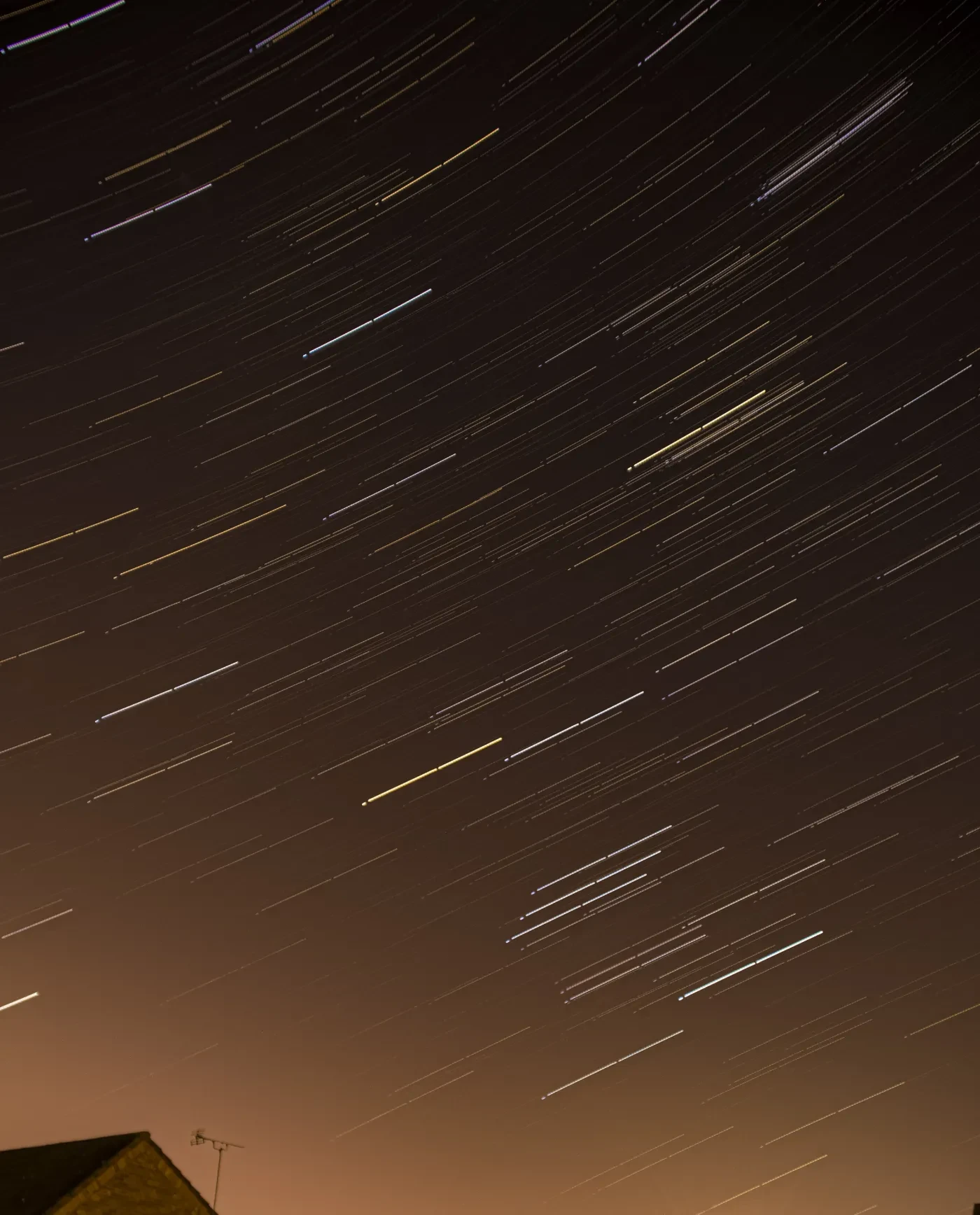Open to entrants under the age of 16, the Young Competition celebrates the very best emerging astrophotography talent.
This year’s winning and shortlisted images showcase the diversity of our universe, from diffuse nebulae and tightly packed star clusters to awesome planetary astrophotography and the beautiful arc of the Milky Way. Rich colours, careful framing and amazing crispness of detail combine to create aesthetically pleasing images, which also provide insights into the physical mechanisms of the astronomical objects.
With such an array of photographs to choose from, judging the category was a difficult task. Find out more about the winning images and explore the full shortlist below.
The winning image
Family Photo of the Solar System by 至璞 王 (aged 15)
Image location: Yongtai, Fujian, China
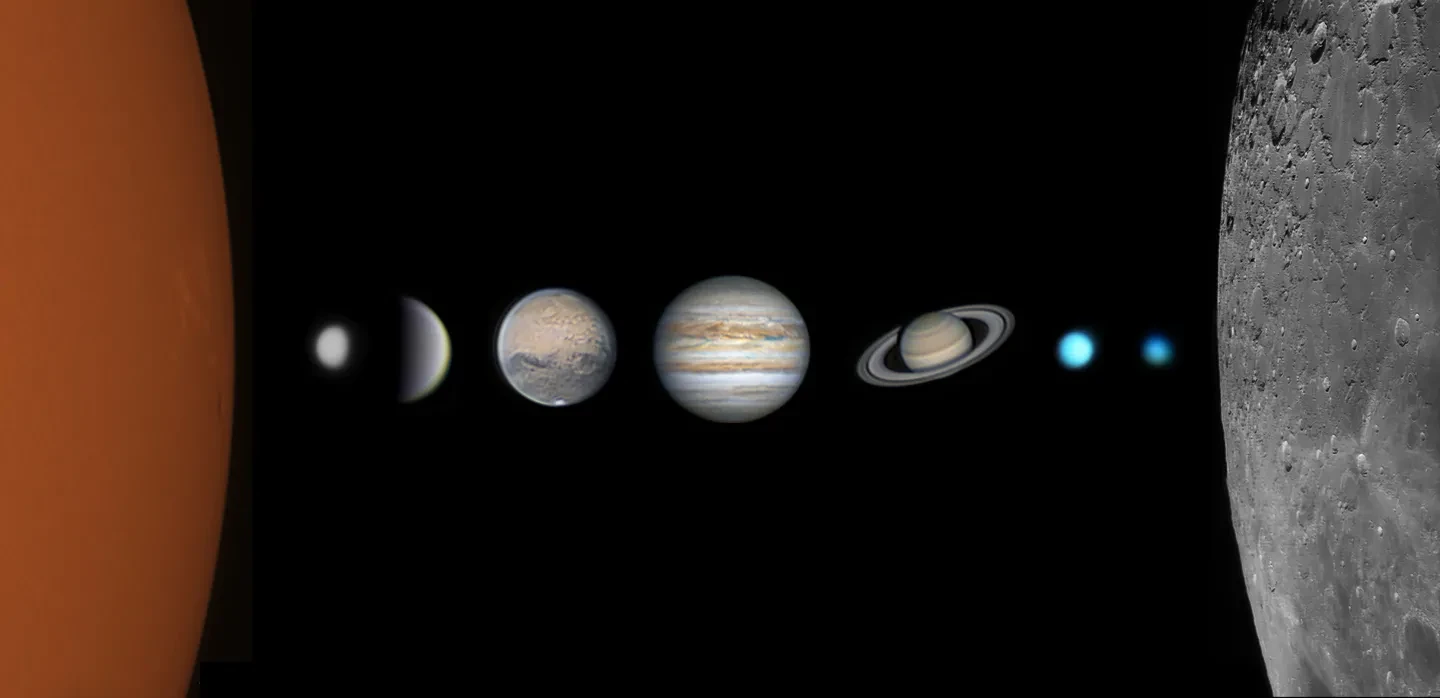
"This is an image of the Sun, the Moon and the planets of the Solar System (except Earth) taken during the year of the rat in China," 至璞 王 says.
"In this special year, I am very lucky to collect the images of these celestial bodies which makes me proud as a student who has only practised astrophotography for one year."
Equipment used: Celestron C8 Schmidt-Cassegrain telescope, UV/IR cut filter, Celestron AVX mount, ZWO ASI-224-MC camera; Sun: 200 mm f/10 lens, Baader filter, 750 x 18-millisecond exposures; Moon: Omni 2x Barlow 200 mm f/10 lens, 2,250 x 10-millisecond exposures; Planets: Omni 2x Barlow 4000 mm f/20 lens; multiple 7–46-millisecond exposures
As a planetary scientist I applaud the work that has gone into creating this photo. I really like the composition with the Moon on the right-hand side too
Sheila Kanani, competition judge
Runner-Up
Nebula by Hassaana Begam (aged 13) and Aathilah Maryam.H (aged 14)
Image location: Tirunelveli, Tamil Nadu, India
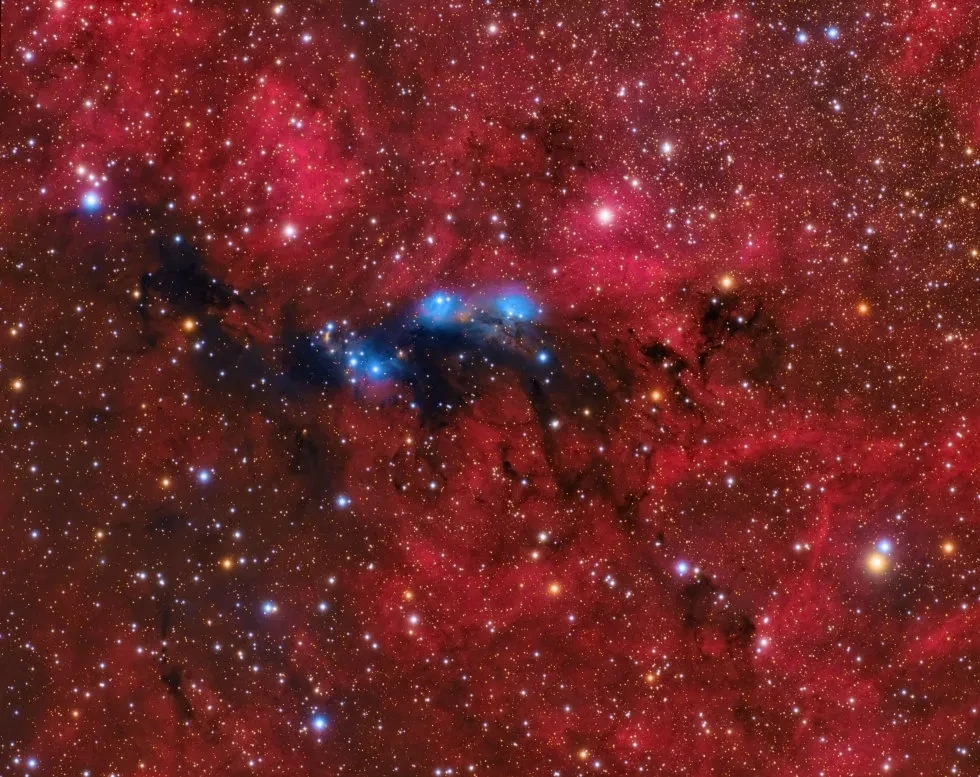
"This area is comprised of three blue reflection nebulae, known as NGC 6914. It is a vast, beautiful nebula complex located in the centre of the Cygnus constellation about 6,000 light years away," Hassaana and Aathilah say.
"There are many other objects in the image, including the small Parsamian 22 Nebula and V1515 Cygni FU Orionis variable star with its distinctive visible shell."
Equipment used: SkyWatcher Equinox ED120 double refractor telescope at f/19, Astrodon filters, NEQ-6 Pro mount, QSI 660 WSG-8 camera, 5.75 hours total exposure
The true colours of the starfield, and the richness of the red emission and blue reflection regions implies very talented and well-prepared young photographers. One of the most difficult challenges in image processing is to keep the beauty of the starfield and to show the fine details of the nebula at the same time. This image managed to do both with nice accuracy
László Francsics, competition judge
Highly Commended images
Starry Beach in Space by Davy van der Hoeven (aged 13)
Image location: Hendrik-Ido-Ambacht, South Holland, Netherlands
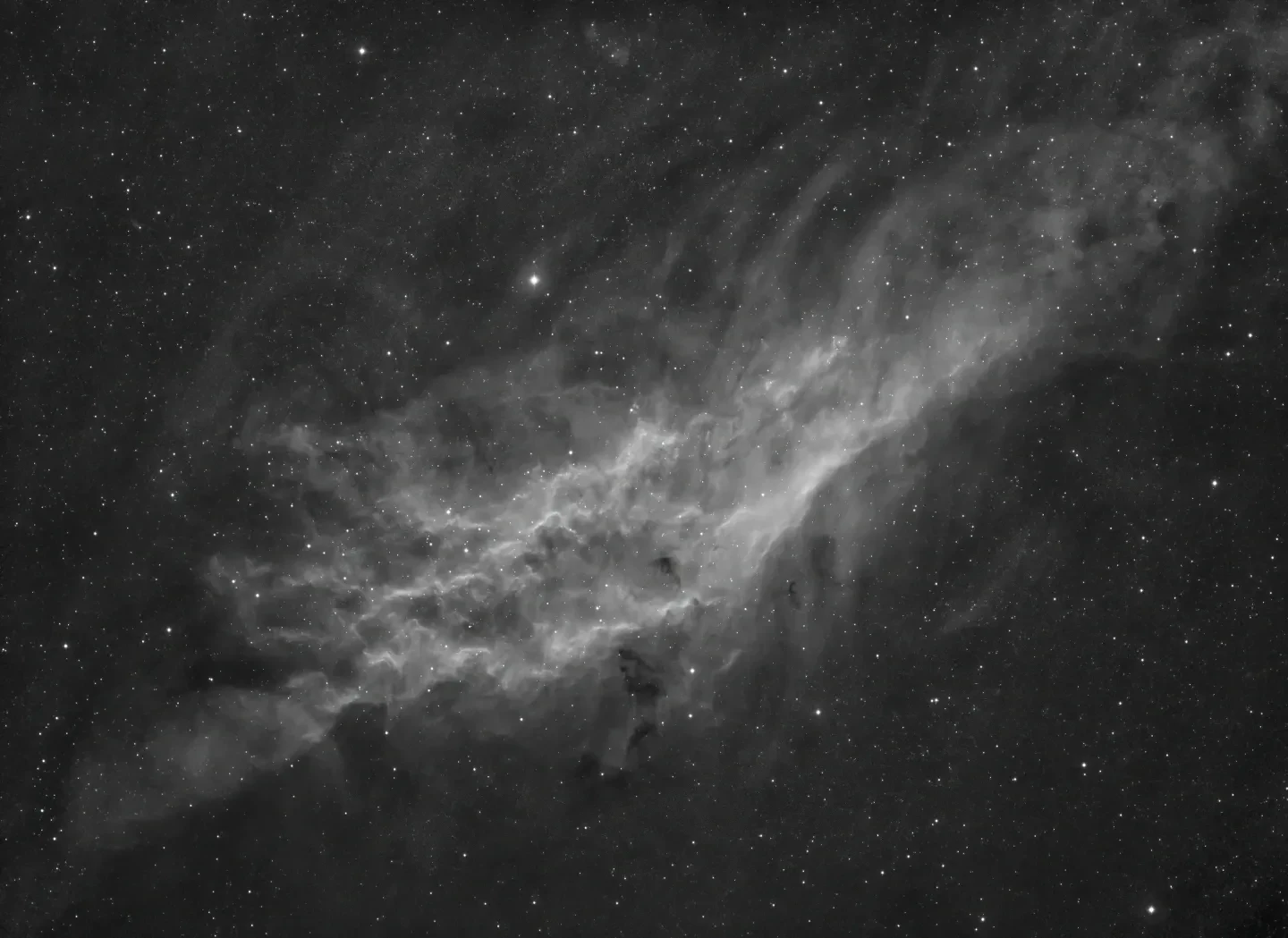
"This image shows the California Nebula – a beautiful region in space filled with hydrogen gas that glows because of the light of nearby stars," Davy explains.
"This image makes me think of a beach where the waves are hitting the coast during a stormy evening. I made this image with my father's telescope and camera on a winter evening in November."
Equipment used: WO Spacecat51 telescope at f/4.9, SkyWatcher NEQ6 mount, QSI 583WS camera, 26 x 1200-second exposures
This is evocative of the images in Patrick Moore's Observers Book of Astronomy which first sparked my lifelong interest. The use of monochrome is very effective at highlighting the great detail of the textures
Jon Culshaw, competition judge
Neptune and Triton by Julian Shapiro (aged 13)
Image location: Chapel Hill, North Carolina, USA
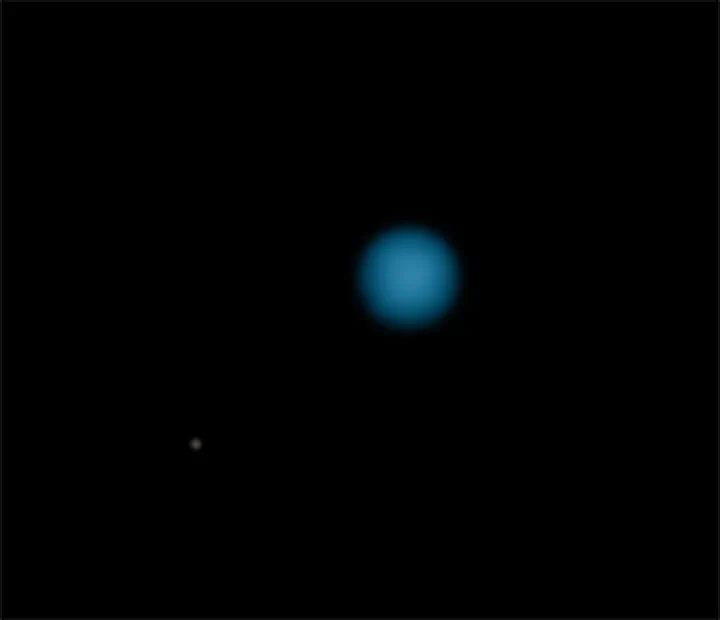
"This image shows the dark blue planet Neptune and its largest moon Triton," Julian says.
"Neptune is very hard to image because of its size and brightness, with an angular diameter of 2.2–2.4 arcseconds and a magnitude of about eight. With my telescope, I was able to locate the planet in the eyepiece as a small, dim dot that was slightly larger and bluer than the surrounding stars. I took the image and used Photoshop to crop and sharpen."
Equipment used: Celestron NexStar 8SE telescope at f/10, Celestron AVX mount, ZWO ASI-224MC camera, 120 x 1-second exposures
The last planet in the Solar System is difficult to capture due to its distance, both from the Earth and from the light of the Sun. This image is such an amazing accomplishment!
Emily Drabek-Maunder, competition judge
Satellite Cluster around 47 Tucan by Alice Fock Hang (aged 11)
Image location: Les Makes, Reunion, France
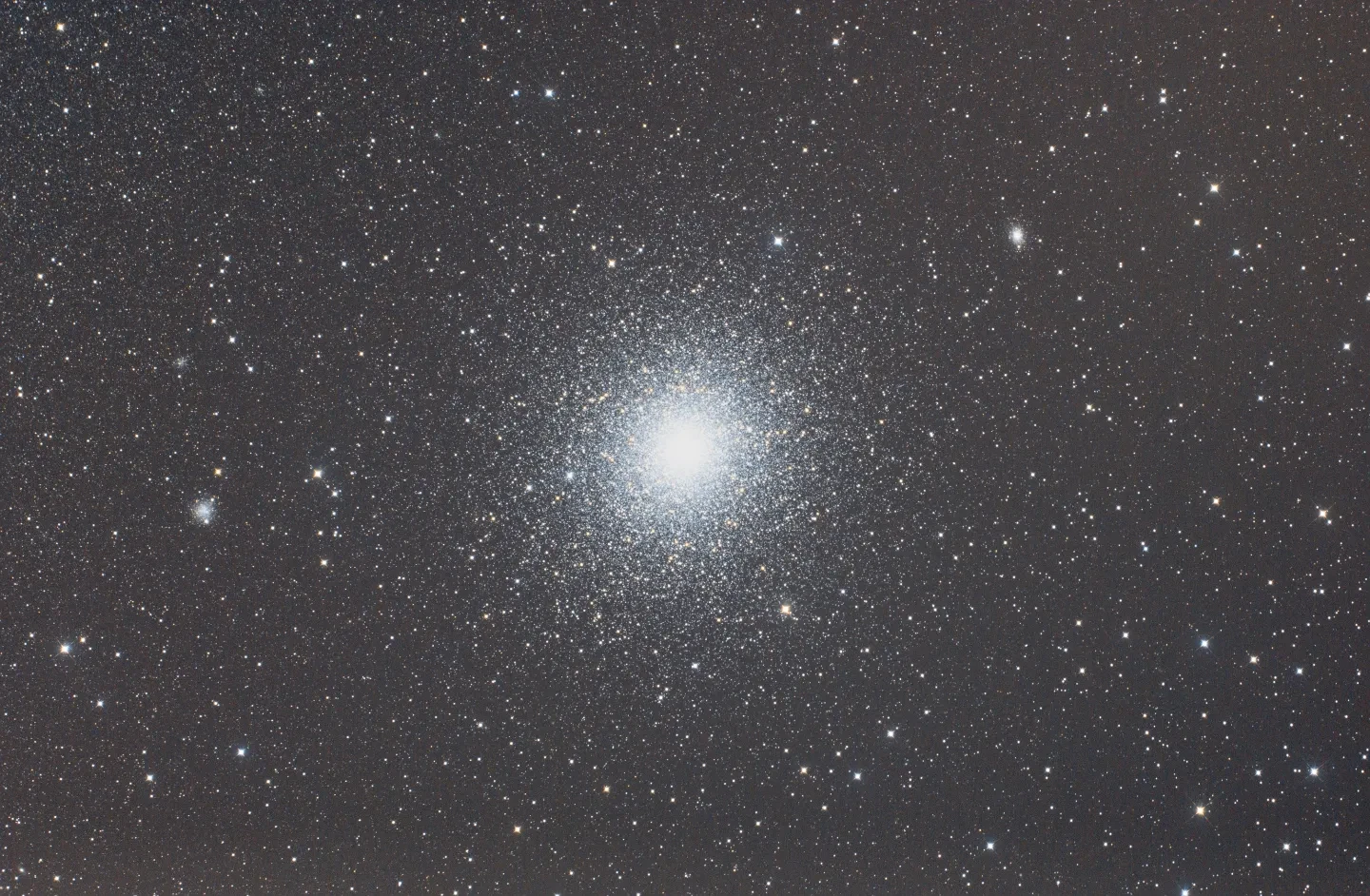
"47 Tucan is one of the jewels of the southern sky and is located just above the Small Magellanic Cloud in the balmy summer nights of the southern hemisphere," Alice explains.
"It is a colourful cluster with a shining heart – a pearl in the Universe."
Equipment used: Takahashi Epsilon 210 telescope at f/2.9, Astro-Physics mount, Nikon D610 camera, ISO 800, 90 x 2-minute exposures
A staggering wealth of detail has been captured here. The cluster is resolved all the way to its core. Several other clusters, all just as detailed, are also present. This image is an incredible display of skill and hard work
Steve Marsh, competition judge
See the full shortlist
Explore all the photographs in the Young competition category
